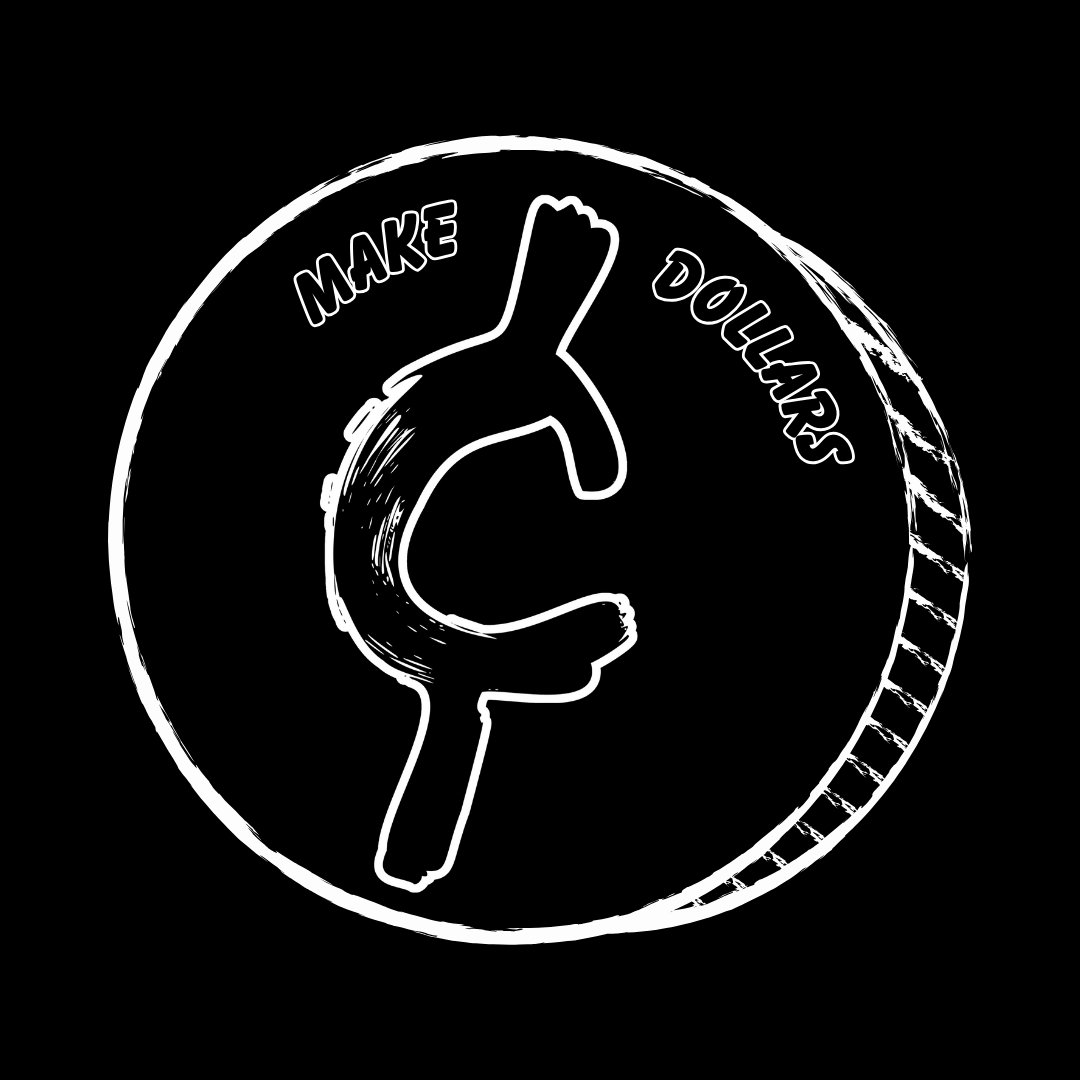Why Some 1943 Pennies Are Worth Thousands
If you’ve ever heard about a 1943 penny worth thousands of dollars, you might’ve wondered — how can a simple one-cent coin be so valuable?
The truth is, most 1943 pennies are made of steel and worth just a few cents, but a rare mistake at the U.S. Mint created a small handful of 1943 copper pennies — and those are among the most famous errors in American numismatics.
The Wartime Change: From Copper to Steel
During World War II, copper was a critical metal needed for ammunition and electrical wiring. To conserve copper for the war effort, the U.S. Mint changed the composition of Lincoln cents in 1943 from the usual 95% copper and 5% tin/zinc to zinc-coated steel.
These 1943 steel cents have a silvery-gray appearance, often mistaken for dimes, and were produced in massive quantities — over 1 billion across all mints.
Philadelphia: 684,628,670
Denver: 217,660,000
San Francisco: 191,550,000
So, if you find a shiny gray 1943 penny, it’s common — and likely worth only a few cents to a dollar depending on condition.
The Rarity: The 1943 Copper Penny
The valuable version of this coin came about due to a minting error.
A small number of leftover copper planchets (coin blanks from 1942) were accidentally fed into the presses when the switch to steel began.
Those few 1943 copper cents slipped into circulation unnoticed — and today, they’re one of the most famous mint errors in U.S. history.
How Rare Are They?
Fewer than 25 genuine 1943 copper pennies are known to exist, spread across all three mints.
The most famous sale was a 1943-D copper cent that sold for $1.7 million in a private transaction in 2010.
How to Tell if You Have One
First, check the color — a genuine 1943 copper penny looks brown or reddish, like a normal pre-war cent.
Here’s how to tell the difference:
✅ Real 1943 Copper Cent:
Sticks slightly to a magnet (sometimes not at all, depending on impurities).
Weighs 3.11 grams.
Made of copper (reddish-brown tone).
🚫 Common 1943 Steel Cent:
Strongly magnetic.
Weighs 2.7 grams.
Silvery gray in color.
⚠️ Warning: Some fakes are 1948 copper cents altered to look like 1943s by reshaping the “8” into a “3.” Others are copper-plated steel cents that appear brown but stick strongly to a magnet.
If you think you have the real thing, never clean or alter it — and send it to PCGS or NGC for authentication.
Why They’re So Valuable
The 1943 copper cent combines extreme rarity, a fascinating backstory, and strong public appeal.
Even non-collectors have heard of this coin, making it a “holy grail” of modern numismatics.
Because of this broad demand, even lower-grade examples command six figures.
Fun Fact: The 1944 Steel Penny
In 1944, the Mint returned to copper — but a few leftover steel planchets were struck that year by mistake.
So if you ever find a 1944 penny that sticks to a magnet, that’s another valuable rarity — worth $75,000–$150,000!
Final Thoughts
Most 1943 pennies are common steel cents, but a tiny handful were mistakenly struck on copper — and those are among the most valuable coins you can find in pocket change.
So next time you’re sorting rolls of pennies from the bank, check those 1943s carefully. You might just spot a six-figure treasure hiding in plain sight.
